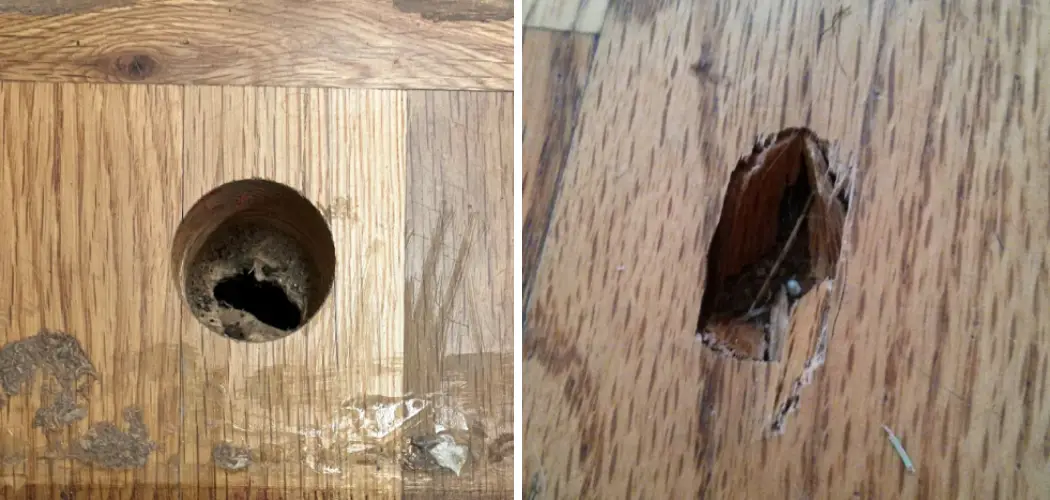When it comes to home repairs, knowing how to fix a hole in a wood floor is essential. Whether you’re dealing with damage from an accident or wear and tear over time, having the ability to repair holes in your wooden floors can save you both time and money.
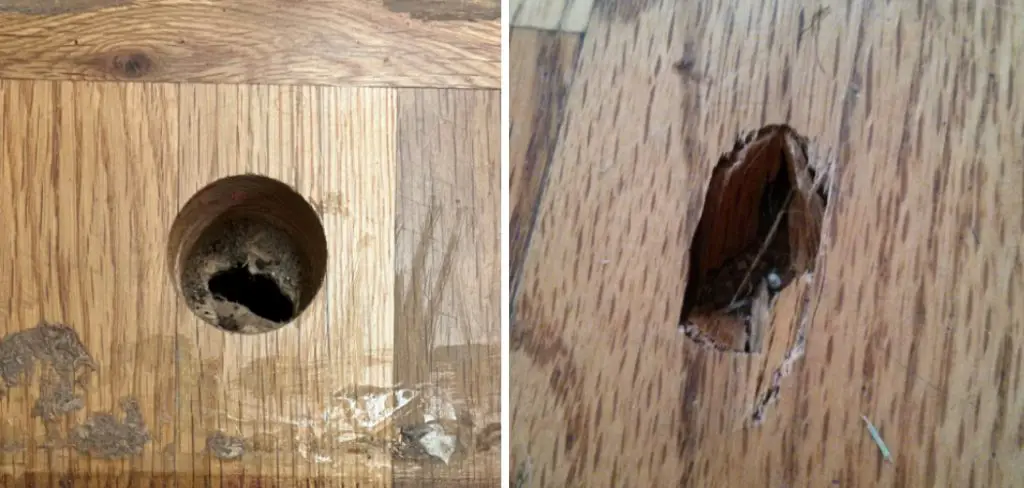
One of the main reasons you should learn how to fix a hole in the wood floor is that it can prevent further damage. If left untreated, even a small hole in your floor can lead to larger issues, such as water damage or structural problems.
There are many advantages to learning how to fix a hole in the wood floor. Firstly, it can save you money by avoiding costly repairs or replacing the entire floor. It also allows you to take care of minor damages yourself without hiring a professional, which can be both time-consuming and expensive. In this blog post, You will learn in detail how to fix hole in wood floor.
Materials You Will Need
- Wood filler
- Sandpaper
- Vacuum cleaner
- Cloth or paper towels
- Putty knife
- Stain or paint to match the wood floor’s color
- Clear coat sealer
- Hammer and nails (if necessary)
- Drill and screws (if necessary)
- Wood glue (if necessary)
Step-by-Step Processes for How to Fix Hole in Wood Floor
Step 1: Inspect and Measure the Hole
Before you start fixing any hole in a wood floor, it is important to inspect and measure the size of the hole. This will help you determine what materials and tools you need for the job.
Step 2: Gather Materials and Tools
To fix a hole in a wood floor, you will need some basic materials, including wood putty or filler, sandpaper, wood stain or paint, and a putty knife. You will also need tools such as a drill, hammer, chisel, and a saw. Before filling the hole, you need to prepare the floor by cleaning it thoroughly and removing any debris or loose pieces of wood around the hole.
Step 3: Cut Out a Patch
If the hole is large, you may need to cut out a patch from a spare piece of wood. Use a saw to carefully cut out a piece that matches the size and shape of the hole. Once you have your patch, test its fit in the hole before proceeding. The patch should fit snugly into the hole without any gaps.
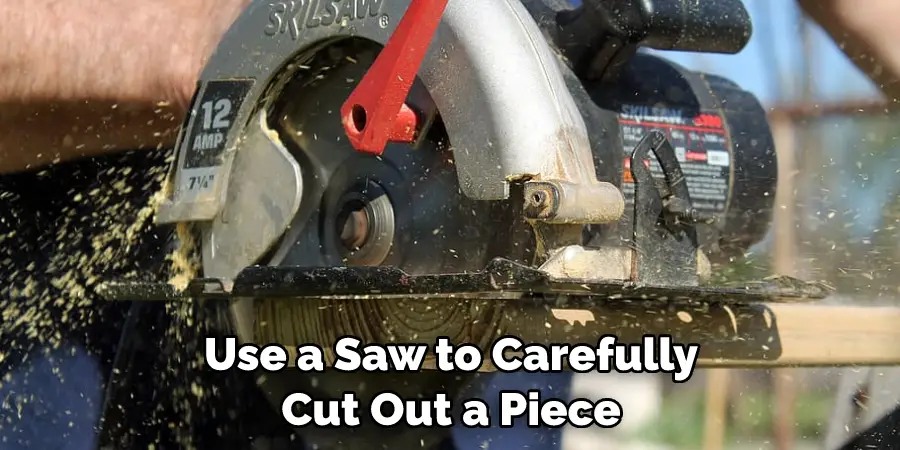
Step 4: Secure the Patch
Using wood glue, secure the patch in place. You can also use small finishing nails or screws for additional support. If you do not have a spare piece of wood to cut out a patch, you can fill the hole with wood putty or filler. Apply the putty with a putty knife, filling the hole.
Step 5: Sand and Stain
Once the patch or filler is dry, use sandpaper to smooth out any rough edges. Then, stain or paint the repaired area to match the rest of your wood floor. Allow the stain or paint to dry completely before walking on or placing any furniture on the repaired area.
Step 6: Maintain and Prevent Future Holes
To prevent future holes in your wood floor, be mindful of heavy furniture or objects that may cause damage. You can also regularly inspect your floors for any signs of wear and tear and address them promptly to avoid larger holes. Also, maintain your wood floors by regularly cleaning and repairing them to keep them in good condition.
By following these simple steps, you can easily fix a hole in your wood floor and maintain its beauty and functionality for years to come! Remember, proper preparation, using the right materials and tools, and regular maintenance are key to keeping your wood floors looking their best.
Safety Precautions for How to Fix Hole in Wood Floor
- Wear protective gear such as gloves, safety goggles, and a dust mask to protect yourself from wood splinters and particles.
- Make sure the area is well-ventilated before starting any repair work. This will help prevent inhaling harmful fumes from any chemicals used.
- Keep children and pets away from the work area to avoid accidents or injuries.
- Use proper tools and equipment according to the type of wood floor and the hole size.
- Before fixing the hole, clean the area surrounding it thoroughly to remove any debris or dirt that may interfere with the repair process.
- If useing wood filler or putty, read the instructions carefully and follow them accordingly for the best results.
- Always test the color of the wood filler on a small, inconspicuous area before applying it to the hole. This will ensure that it matches the rest of the floor.
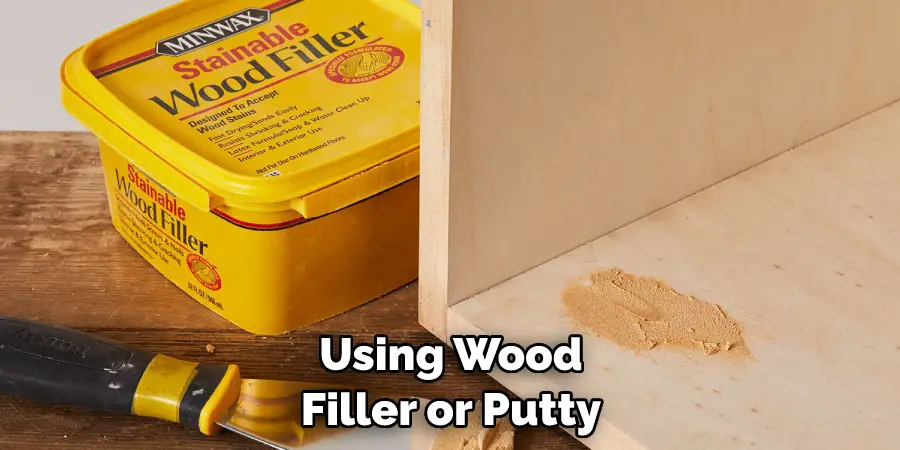
By following these safety precautions, you can effectively fix a hole in your wood floor without compromising your safety. Remember to take your time and be careful while working with power tools or chemicals.
What Are Some Common Causes of Holes in Wood Floors?
Wood floors are a popular choice for flooring, providing a classic and timeless look to any room. However, one common issue that homeowners face is the occurrence of holes in their wood floors. These holes can be unsightly and pose potential hazards if they are mixed. This section will discuss some of the most common causes of holes in wood floors.
1. Furniture Legs
One of the main culprits behind holes in wood floors is furniture legs. Over time, furniture’s constant shifting and movement can cause small divots or dents in the floor surface. These divots may seem minor initially but can eventually lead to larger holes if not addressed.
2. Pet Claws
If you have pets that love to run and play on your wood floors, their claws may cause some scratches or even small holes. This is especially true for larger pets or those with long nails. Regularly trimming your pet’s nails can help prevent this issue.
3. Water Damage
Wood floors are susceptible to water damage, and they can become soft and weak when exposed to moisture. If left untreated, this can lead to holes forming in the wood. It is essential to address any water damage immediately to prevent further damage.
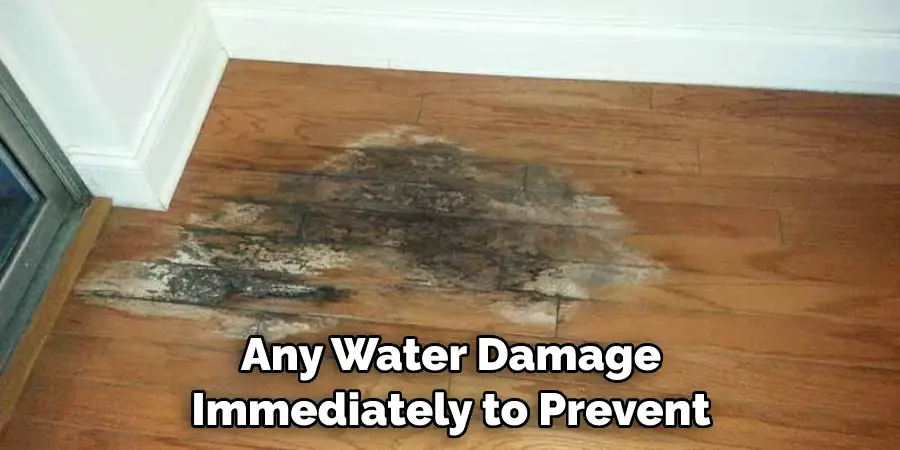
4. Insect Infestation
Insects such as termites and carpenter ants can cause significant damage to wood floors, including creating holes. These pests often go undetected until the damage is severe, so regularly inspect your wood floors for any signs of infestation.
By understanding the common causes of holes in wood floors, you can take preventative measures and address any issues promptly to keep your floors looking their best. Regular maintenance and prompt repairs are key to preventing larger holes and damage in your wood floors.
What’s the Best Way to Clean and Prepare the Area Around the Hole Before Fixing It?
Before fixing a hole in your wood floor, it’s important to clean and prepare the area around it properly. This ensures that the repair will be strong and long-lasting. First, vacuum or sweep the area to remove dust, dirt, or debris. Then, use a damp cloth to wipe down the surface around the hole. This will help remove any remaining particles and provide a clean surface for the repair material to adhere to.
Next, sand the area around the hole using fine-grit sandpaper. This will roughen up the surface and help the repair material bond better. Be sure to wipe away any dust or debris after sanding. If you plan on using wood filler or putty to fix the hole, removing any loose or splintered wood around the edges is important.
This will allow for a smoother and more even application of the filler. Once the area is clean and prepped, you can fill the hole. Follow the instructions on your chosen repair material carefully to ensure it is applied correctly.
Is There a Certain Technique or Method You Should Use When Applying the Wood Filler?
When it comes to filling holes in wood floors, you can use a few techniques and methods. The most important thing is choosing the right wood filler type for your specific needs. Some fillers are better suited for small holes, while others are better for larger ones. The best option for small holes or cracks is a water-based wood filler. This type of filler is easy to work with, dries quickly, and can be sanded down easily.
An epoxy wood filler may be a better choice for larger holes or gaps. This filler hardens like plastic and is much stronger than water-based fillers. Before applying the filler, clean the area around the hole thoroughly. Use a vacuum or a damp cloth to remove dust, debris, or loose wood particles. This will ensure that the filler adheres properly and creates a strong bond with the surrounding wood.
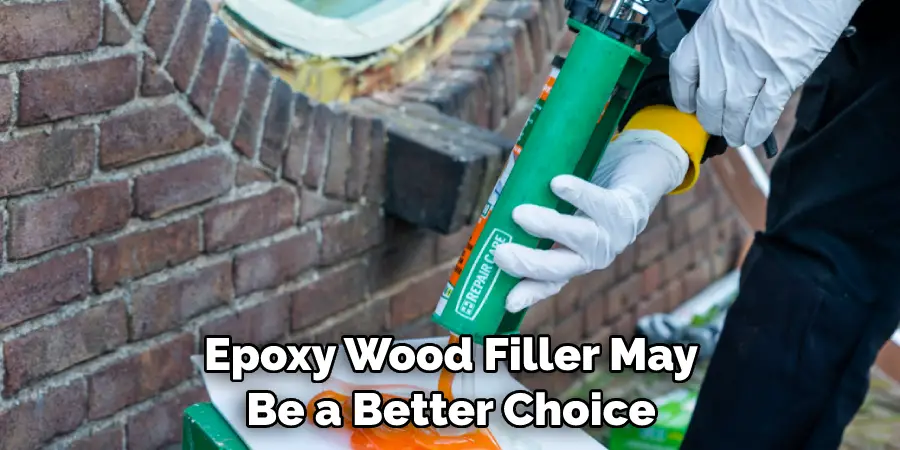
Conclusion
In conclusion, fixing a hole in wood floor is an essential skill every homeowner should possess. It not only helps to maintain the appearance and structural integrity of your flooring, but it also saves you from spending money on expensive repairs or replacements. Before starting any repair work, make sure to assess the size and severity of the hole.
This will allow you to choose the most appropriate filling method. Whether you opt for a DIY approach or hire a professional, always remember to use high-quality materials and follow the proper techniques. As with any home improvement project, prevention is key.
Regularly inspect your wood floors for any signs of damage and address them promptly before they become bigger issues. This article has been beneficial for learning how to fix hole in wood floor. Make Sure the preventive measures are followed chronologically.
You Can Check It Out to Fix Wet Wood Floor

